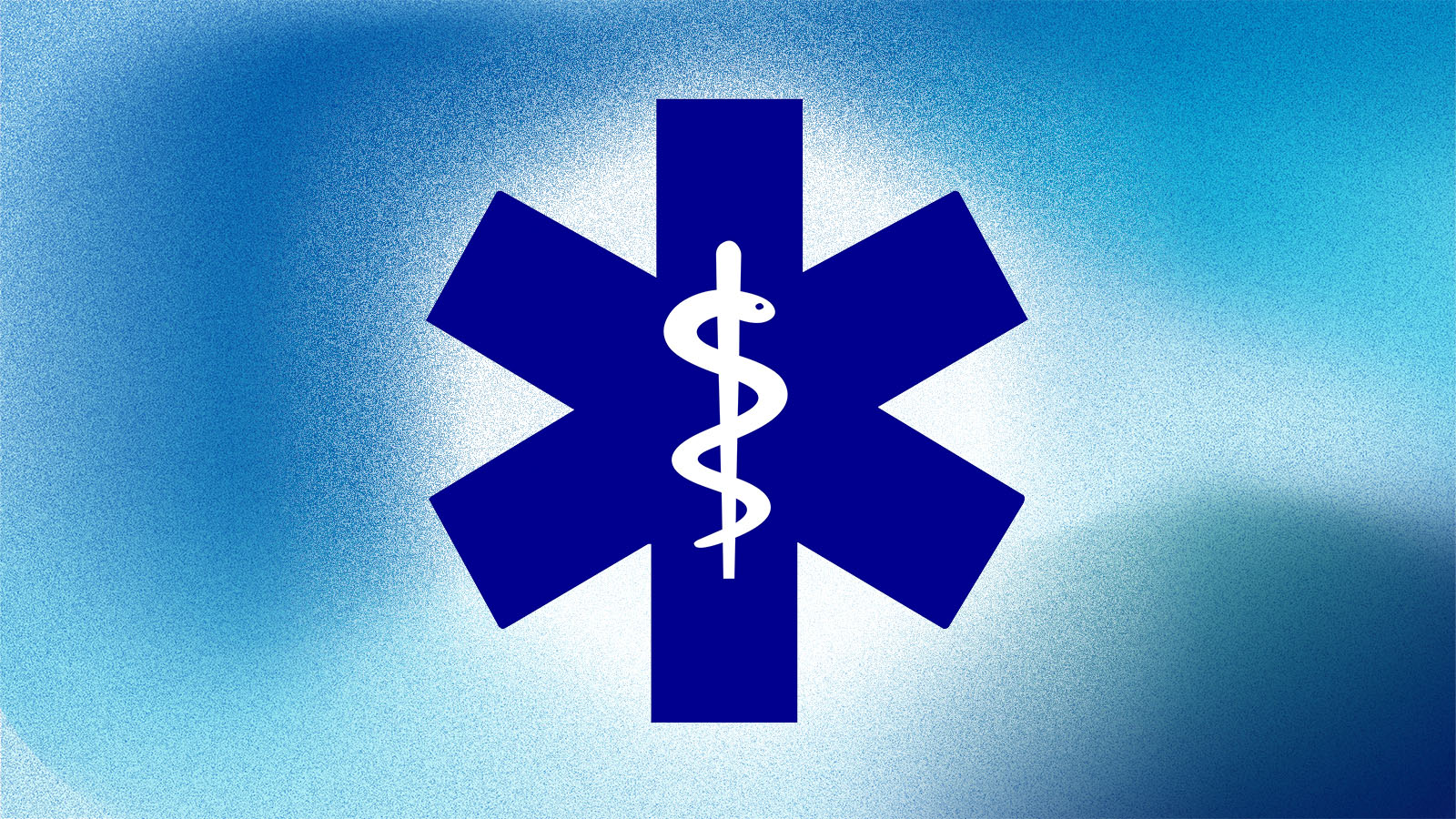Stay Up to Date
Submit your email address to receive the latest industry and Aerospace America news.
At stake is a total of $2 million in cash prizes
AIAA AVIATION Forum, Las Vegas – The unoccupied aircraft in a coming emergency response competition will need to haul payloads, takeoff and land in rugged terrain, and maneuver around obstacles during a fly off scheduled for 2027, leaders of the new competition said here.
GoAERO, short for Go Aerial Emergency Response Operations, is the latest cash prize contest planned by attorney and entrepreneur Gwen Lighter. Her GoFly personal air vehicle competition concluded in September, having awarded one mission completion prize of $100,000 but without a grand prize winner.
In the new contest, a grand prize of $1 million will be at stake, plus other awards that will bring the total possible prizes to $2 million. The goal this time will be to “catalyze a breakthrough solution to build the world’s first compact, autonomy-enabled rescue aircraft that is safe and simple to fly,” according to the GoAERO website.
Lighter said during a session here that the competition was inspired in part by a personal experience. Last year, her father suffered severe chest pains and was rushed to a hospital in an ambulance. She tried to follow in her car and was stymied by congestion.
“I remember thinking, ‘Please move! Please move!’ and later I thought about that and wondered how many other people must find themselves in that situation. That’s part of what prompted GoAERO,” she said.
She was also motivated by what she said are the more frequent natural disasters prompted by climate change.
Announcement of the contest in February at a Vertical Flight Society event was followed by a months-long comment period during which Lighter and her non-profit organization gathered feedback from emergency transport experts, she told me in an interview. The final rules and three missions that must be completed were disclosed here in Las Vegas.
The missions are to be performed by an aircraft designed for a single occupant but that will carry a 57-kilogram manikin instead of an occupant. The highest ranked performer completing each mission will win a prize of $150,000 for that mission. The grand prize will be awarded based on aggregate performance in the missions.
The Productivity Mission will require quickly deploying the aircraft and ferrying payloads from one end of an operations zone to another . Competitors will be ranked by a ratio of total payload weight transported to the total weight of the aircraft and related equipment.
The Adversity Mission will require taking off and landing in difficult conditions and terrain. A list on the website includes a pit containing dry sand and a half-meter deep pool with simulated rain falling.
The Maneuvering Mission will require flying around, under and over obstacles, with competitors to be ranked by the fastest time.
Boeing and Honeywell are among the sponsors, and AIAA and NASA are among the partners.
Organizers crafted the missions to reflect the real-world challenges faced by emergency responders.
“This can be delivering a firefighter to a burning hillside, picking up someone in need, you know, any sort of scenario that you might see on the show Baywatch – rescuing somebody drowning in the ocean or who has fallen through a frozen lake,” Boeing engineer Sky Sartorius said in a briefing. “We’re looking at urban environments as well, getting paramedics where they need to be in a dense, crowded place. We looked at all those possible scenarios and we’re asking, what are the key capabilities that we’d like to be able to test? And then we decided how to turn that into a competition.”
Lighter told me she expects most entrants will be electric, vertical takeoff and landing aircraft, but those are not requirements. In fact, the contest has begun using the term “flyer” instead of aircraft to indicate how open the contest is to unique ideas and concepts. The grand prize winner must be able to carry one or two medical personnel, without a trained pilot.
“We intentionally want to leave a broad, white space for the design of these emergency response transports,” she said.
“There’s been a sea change in aviation technology. We have the ability to make flyers that are different than they were before, and frankly, that couldn’t even be made about 10 years ago. And so we wanted to harness the world’s best minds for the public good,” she said.
About paul brinkmann
Paul covers advanced air mobility, space launches and more for our website and the quarterly magazine. Paul joined us in 2022 and is based near Kennedy Space Center in Florida. He previously covered aerospace for United Press International and the Orlando Sentinel.
Stay Up to Date
Submit your email address to receive the latest industry and Aerospace America news.




